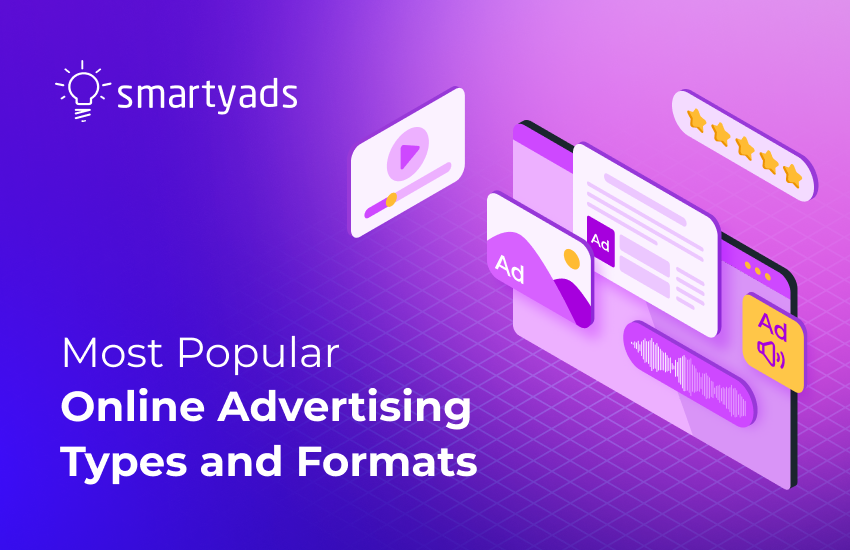Retail media advertising comes with a unique set of challenges. A typical retail brand must navigate uncertainties and develop a robust marketing strategy to reach its target audience successfully.
From finding the right platform to reaching potential customers, preparing the right marketing mix, and crafting compelling messages that resonate with consumers, retailers face several obstacles.
In this article, we will explore the key retail marketing strategies that retailers can use to effectively generate sales, find new customers and reach a new level of brand promotion with advertising in retailing. Also, we'll explore how retail businesses can leverage programmatic to increase revenue, sell products effectively, and drive sales.

But what is retail advertising?
Let’s start with the retail advertising definition. Retail advertising is a marketing strategy designed to promote products or services offered by businesses that sell directly to consumers.
Retailers use various channels, such as print ads, TV commercials, social media, and online ads, to reach their target audience and encourage them to purchase.
Retail advertising aims to showcase the features and benefits of products or services in a way that will resonate with potential customers and drive sales.
What does promotional retail advertising typically focus on?
Ads in retail often focus on special offers, promotions, and sales events to attract shoppers and create a sense of urgency to buy.
Successful retail advertising campaigns can help businesses increase brand awareness, generate leads, and ultimately drive revenue.
Marketing for retail brands
In store advertising benefits are immense. However, retail advertising has several specifics to consider before plunging into it. Here are some specific considerations for advertising in the retail market:
- Target audience. Retailers need to identify their target audience and tailor their advertising messages accordingly. This could include demographics such as age, gender, location, interests, and buying behavior.
- Promotions and discounts. Many retail brands offer promotions and discounts to attract customers. Advertising for the retail market should highlight these promotions and discounts to encourage customers to make purchases.
- Visual appeal. Retail brands need to make their advertisements visually appealing and eye-catching to grab the attention of potential customers. This could involve using high-quality images or videos, bright colors, and bold text.
- Call-to-action. Advertising for the retail market should include a clear call-to-action, encouraging customers to visit the retailer's website or physical store, purchase, or take advantage of a promotion or discount.
- Multiple advertising channels. Retailers should use multiple advertising channels to reach their audience, including social media, email marketing, display advertising, and search engine marketing.
- Competitor analysis. Retailers should analyze their competitors' advertising strategies to identify areas where they can differentiate themselves and stand out in the market.
Overall, effective advertising for the retail brand requires a deep understanding of the audience, a visually appealing and compelling message, and a clear call-to-action that encourages customers to take action.
Retail marketing strategies — what they should include
What does ads mean in retail and how to come up with a successful strategy? As we've discovered earlier, retail marketing is complex and multilayered. For this reason, before tapping into retail advertising, a brand marketing director needs to craft a comprehensive retail marketing strategy that involves:
- Multiple channels through which goods will be advertised (retail media and digital advertising platforms can be used for this);
- Target market (retail advertising platforms include targeting that makes your ad delivery precise);
- Pricing strategy (including loyalty programs);
- Customer data sources (concluding third, second, or first-party data);
- In-store layout and merchandising and online shopping opportunities;
- Ad creatives with the right approach for potential, existing customers, and repeat customers.
Build a retail marketing plan for your retail store
Building a marketing plan for your retail store advertising is a systematic process. Here are the steps to follow:
Define your target market
Conduct market research to determine the demographics, psychographics, and behaviors of your audience and online shopping opportunities.
Identify your unique value proposition
Determine what sets your retail store apart from your competitors. It could be your pricing, store locations, selection, quality, or customer service.
Set objectives and goals
Define what you want to achieve with your marketing plan. Set SMART goals (Specific, Measurable, Achievable, Relevant, and Time-bound) that align with your overall business objectives.
Develop strategies and tactics
Develop a marketing mix that includes the 4 Ps: product, price, promotion, and place. Consider the following tactics:
- Product. Determine which products to promote and how to merchandise them;
- Price. Determine your pricing, such as offering discounts, promotions, or bundles;
- Promotion. Develop a marketing campaign that includes retail advertising, public relations, social media, email marketing, and events;
- Place. Determine where and how to distribute your products, such as through your brick-and-mortar store, online, or partnerships.
Measure results
Set up metrics to track your progress. Use analytics tools to monitor your website traffic, social media engagement, email open rates, and conversion rates. Analyze your results regularly and adjust your strategies and tactics accordingly.
In-store marketing
Brands should never overlook retail stores. A retail store can become your strongest point of sale if you develop a visually appealing and immersive shopping experience that encourages customers to purchase. Yes, as of 2022, online retail services advertising was booming. Around 75% of consumers were regular online shoppers.
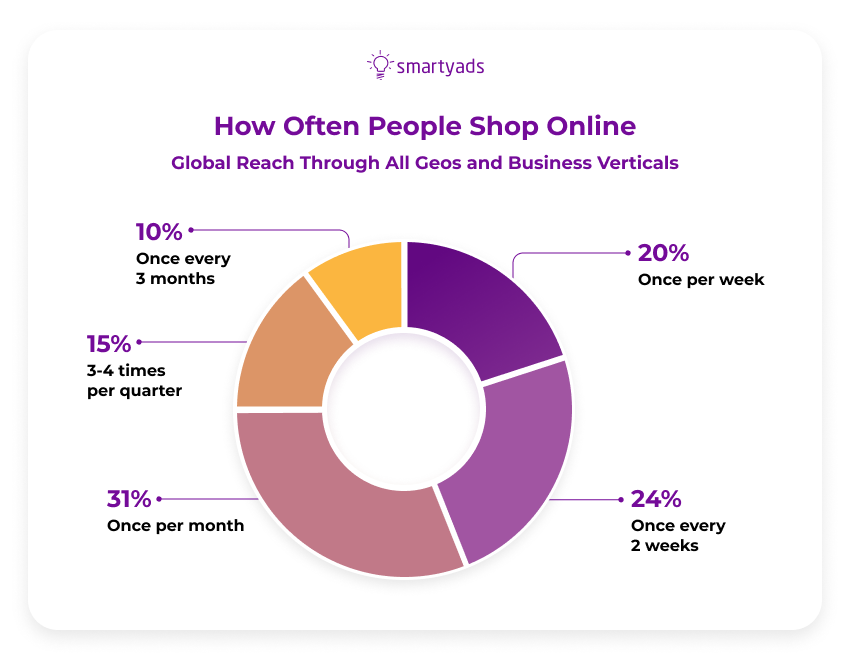
Still, over 65% of consumers preferred in-store shopping to decrease delivery fees and avoid waiting.
Over 60% of people reported favoring in-person shopping because it gives them a chance to try the product.
Use your in-store assets
In-store advertising is no less important than online marketing. Many industries incorporate both strategies into their marketing mix as they can double Ecommerce sales.
Visual merchandising
The use of creative displays, product placement, signage, and lighting to showcase products and construct an engaging shopping experience.
Store layout and design
The design and layout of the store can affect the flow of traffic, fine-tune a welcoming atmosphere and encourage customers to explore the store.
Product promotions
The use of discounts, coupons, and other promotional offers to encourage customers to make purchases.
In-store events
Hosting product demonstrations, workshops, or customer appreciation events to organize a unique and memorable shopping experience. Window displays in stores are best at generating impulse purchases.
Interactive displays and technology
The use of interactive displays, virtual or augmented reality, and other technological tools to create an immersive and engaging shopping experience.
Customer service
Providing excellent customer service by greeting customers warmly, answering questions, and helping them find the products they need.
These promotional tactics create a memorable and engaging shopping experience that encourages customers to return to the store and purchase.
Marketing on Facebook
Smaller companies often choose social media to stay close to their customers. Based on online data provided by Statista, social media platform sales worldwide are projected to reach $1.298 billion in 2023.
The popularity of social media commerce is expected to continue growing, with forecasts predicting it will surge to almost $3 trillion by 2026.
While you can drive high-intent shoppers to your offline store, digital marketing on social and advertising platforms will help you to increase awareness and capture the attention of the potentially interested public.
Start a Facebook Group
Facebook provides retail businesses and brands with a platform to foster communities among their most enthusiastic customers and followers.
Facebook Groups are exclusive clubs or communities where members can interact and share their thoughts. Thus, this medium will turn into a great retail advertising venue.
Retail advertising examples (Facebook group example)
One example is Peloton; a brand specializing in indoor cycling has set up the Official Peloton Rider Page, which serves as a community board for Peloton members to discuss their experiences, chat and share tips using the Peloton bike and iOS app.
Run Facebook ads
Facebook is an irreplaceable part of advertising in stores and retail marketing these days. Facebook offers numerous ad products with powerful targeting features allowing you to reach your intended audience effectively.
It is recommended to test different options and track key metrics such as clicks, engagement, and sales to determine the return on investment (ROI) and identify the most appropriate ad types and the optimal budget for your Facebook ad efforts.
Marketing through email
Marketing strategies in retail marketing still largely rely on emails. According to Oberlo, by 2025, the number of email users will reach 4.6 billion.
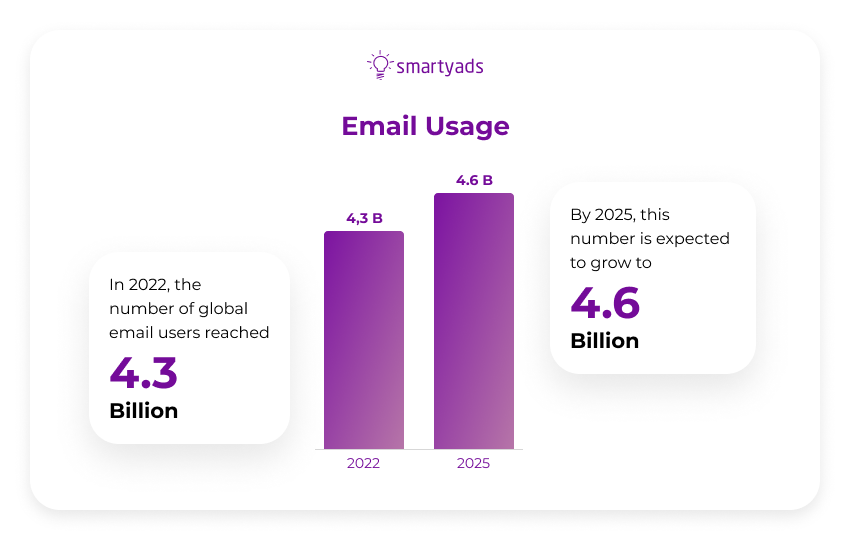 Email retail marketing strategies are still on the radars — take, for instance, an example of The Dollar Shave Club (DSC).
Email retail marketing strategies are still on the radars — take, for instance, an example of The Dollar Shave Club (DSC).
Besides sending promotional emails to offline and online shoppers, they occasionally send DSC "Original Content" emails that include engaging articles covering various topics such as grooming, health, style, work, and more.

Marketing on Instagram
Many retail businesses succeed on Instagram, especially if they know how to drive their follower count.
Overall, Instagram generates approximately 39.7% ($15.65 billion of $39.43 billion) of Facebook's total advertising earnings.
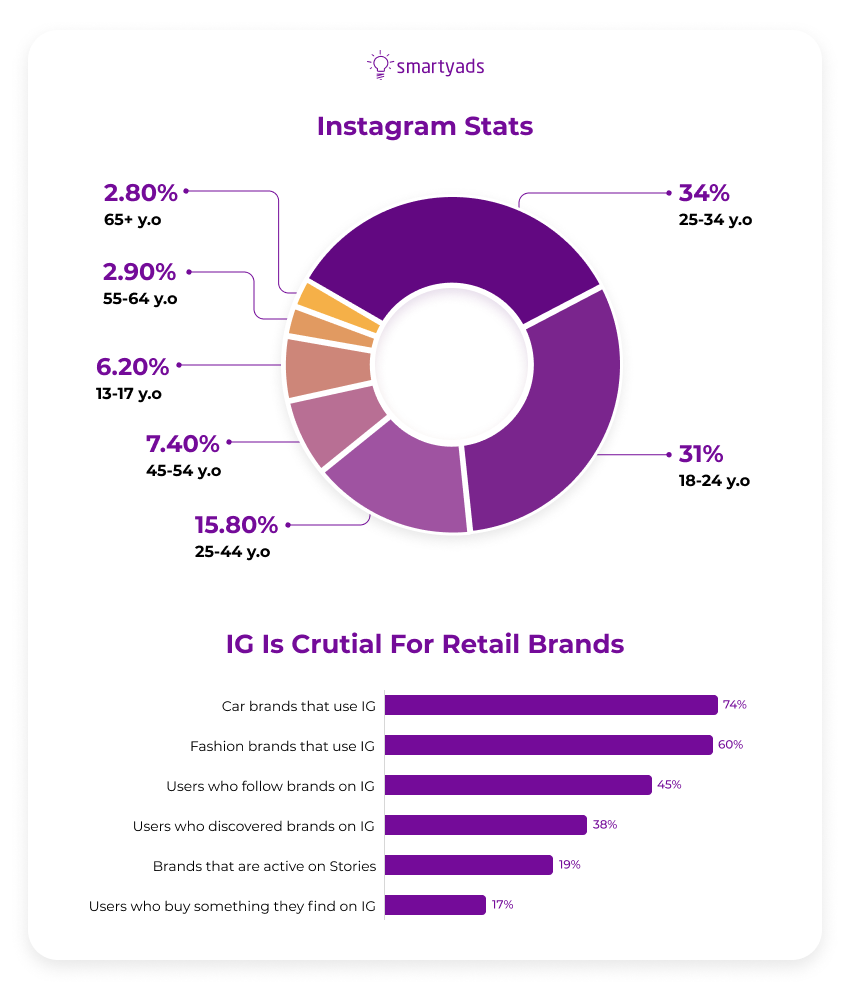 So how to use Instagram to elevate your retail marketing?
So how to use Instagram to elevate your retail marketing?
Your business can utilize various Instagram features such as sharing short-form video clips on Instagram Stories or Reels, posting product or in-store photos on the feed, hosting Live events on Instagram Lives, or through more extended videos on IGTV.
Furthermore, by creating an Instagram Shop, customers can conveniently browse and purchase products directly from the app.
Instagram Stories offers a feature where you can create a few permanent ones to showcase on your profile, emphasizing specific content you want potential customers to see.
Examples of retail advertising (Instagram)
Peridot Decorative Homeware provides a great example, utilizing these permanent Story spots to present interior designs, display items for sale, and offer other relevant information to their audience.
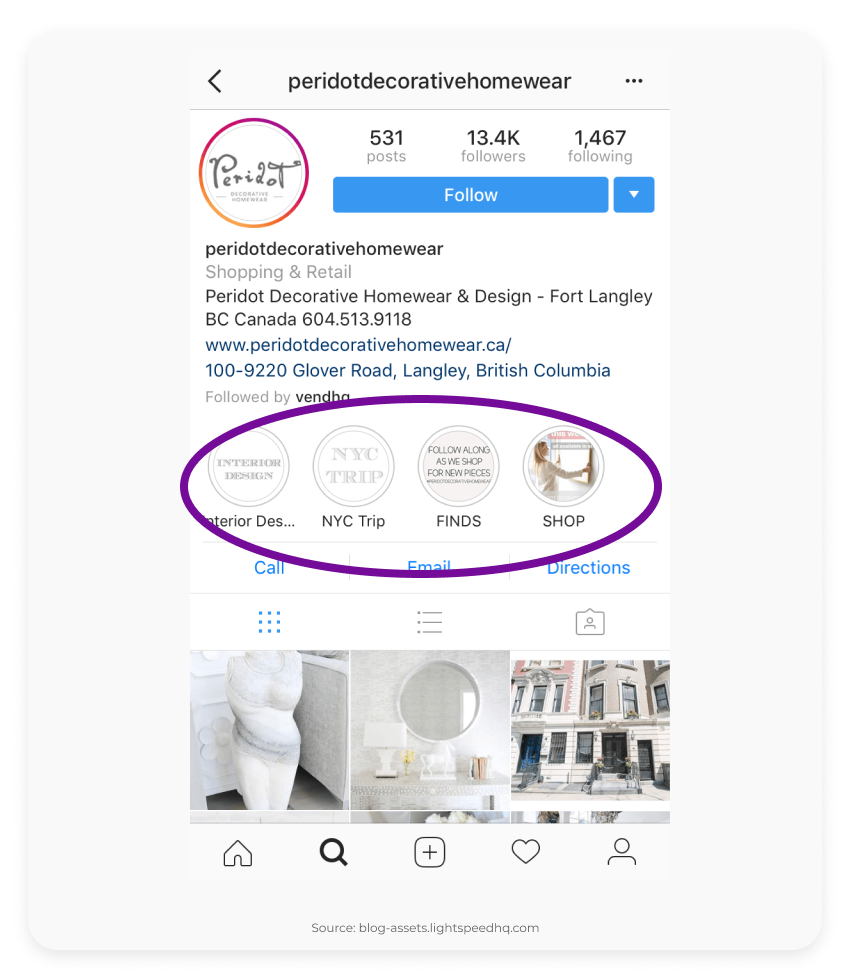
Influencer marketing
Building relationships with influencers can help establish credibility and build trust with their followers. In the future, it will greatly contribute to retail advertising efforts.
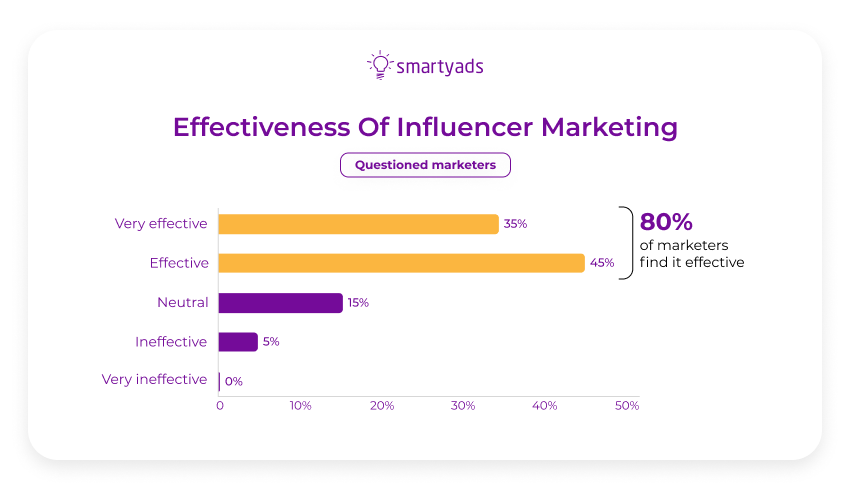
Give influencers a unique promo code or discount to share with their followers for special sales. This can incentivize their followers to make a purchase, and the effectiveness will be directly linked to the code, which is very convenient for tracking performance.
Example of retail advertising (via influencers)
A great example of a retail marketing campaign made with influencers includes Zach King highlighting how Google products are universal. Zach is a high-class illusionist. In one of his videos, he promoted Google Meet — he made a trick that pulls the camera into a Google Meet conference call.
Retail media networks
The majority of advertisers partner with retailers these days. IAB Europe's research reveals that an overwhelming 92% of advertisers and 74% of agencies collaborate with retail media.
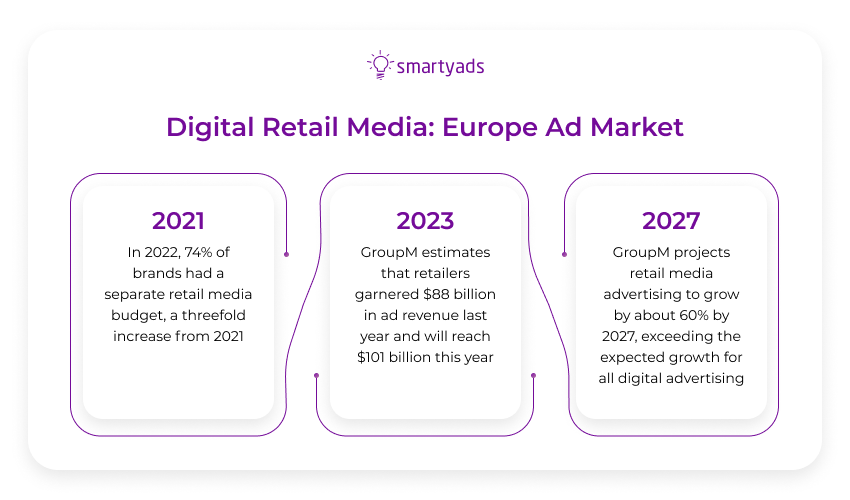
The US has also seen a surge in the growth of retail media networks, with total spending projected to exceed $52 billion by 2023.
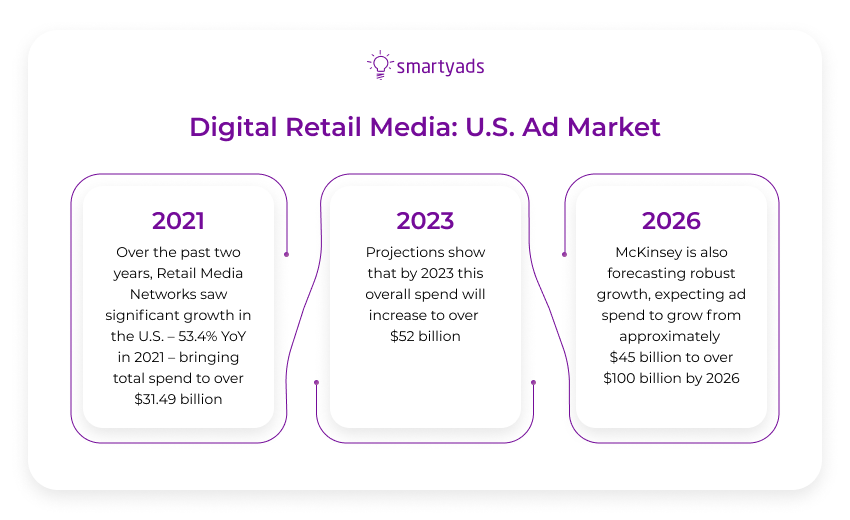
The most famous retail media networks include several platforms. For instance, there's a retail media network called Walmart and a retail media network called Amazon. Also, there's Target Retail Media Network, Albertsons Performance Media, CVS Media Exchange, and Best Buy.
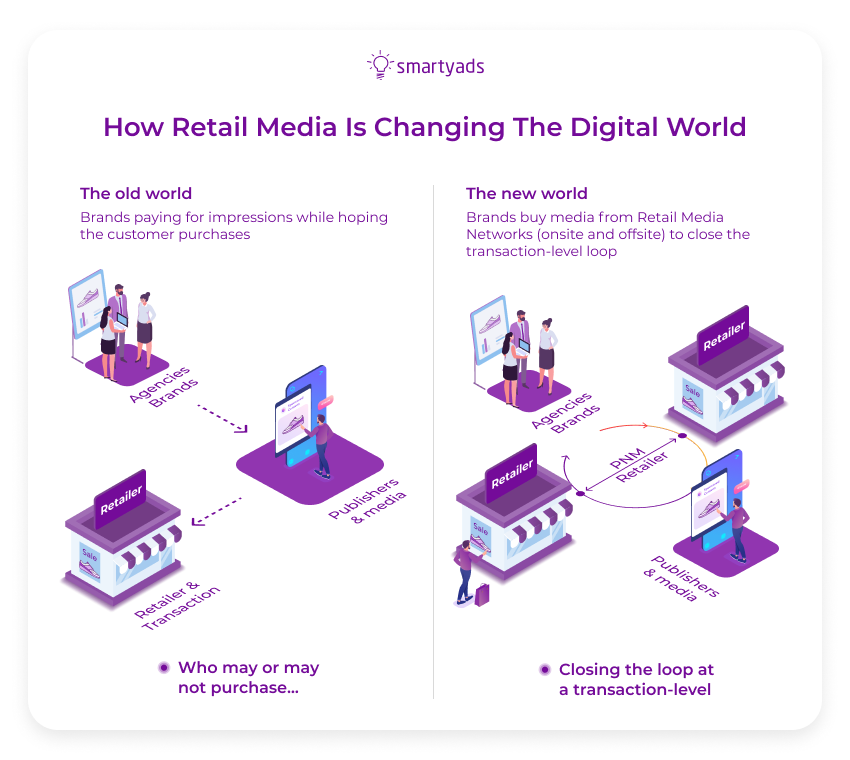
Described as the digital counterpart to in-store advertising, the retail media network ecosystem enables retailers to promote their digital assets, including their website, app, and email distribution.
It allows advertisers to engage with consumers at any stage of their shopping journey.
Retail brands can use retail media networks to advertise their products or services to potential customers who are shopping online.
By partnering with a retail media network, retail brands can leverage the network's access to the retailer's audience to deliver targeted and relevant advertisements to shoppers.
Retail media advertising with programmatic
Programmatic is another universal tool for retail advertising. With programmatic, brands can sell products, raise conversion rates, and run campaigns automatically based on real-time bidding algorithms.
Stay connected with customers on different channels
Programmatic advertising accounts for at least 70% of global ad spending worldwide.
Brands and businesses can choose this method to automate retail marketing as this technology is based on AI and ML and can organize campaign flow on different platforms and channels without human intervention.
Programmatic can offer many useful functionalities for retail advertising; scheduling ads, setting up campaigns for different channels (mobile web, in-app, desktop, audio, video, CTV, DOOH), automatic campaign optimization, budget distribution, and more.
For this, marketers need to create an account on DSP, fill in the campaign details, and start serving omnichannel and highly-relevant targeted ads.
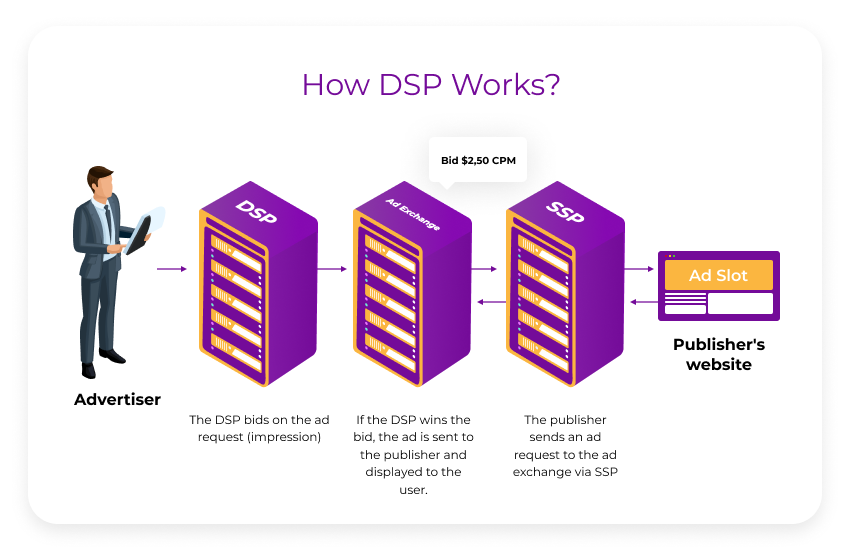
Run local ads programmatically
Retail advertising can greatly benefit from programmatic both in terms of local and international campaigns.
For example, a brand can launch a retail advertising campaign with geo-targeting to find customers near certain locations. This approach can replicate an SMS marketing campaign.
Retail advertising can be channeled internationally. For this, marketers can adjust time zones on programmatic DSP so that the ads are served correctly in each region of the world.
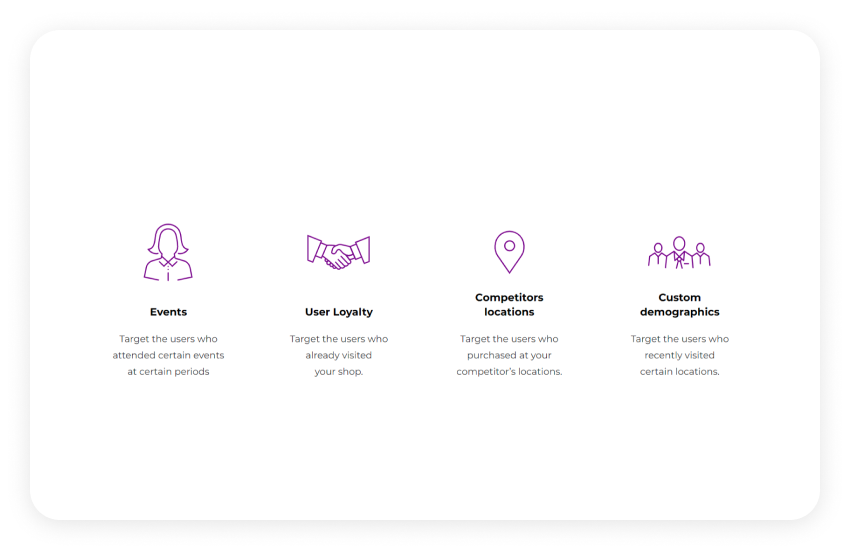
Organize retail displays on DOOH, CTV, and audio channels
Retail advertising strategies can greatly benefit from a tool like programmatic DSP.
With such outstanding ad formats as DOOH (digital-out-of-home) and CTV, advertisers can easily drive customers into shops for in-person sales and launch brand awareness campaigns.
According to stats, CTV ad spending is booming, and so is DOOH. DOOH ad spending will soon hit the mark of $3.84 billion.
Meanwhile, digital audio ad spending grows exponentially as users consume audio content more often (with podcasts and digital radio).
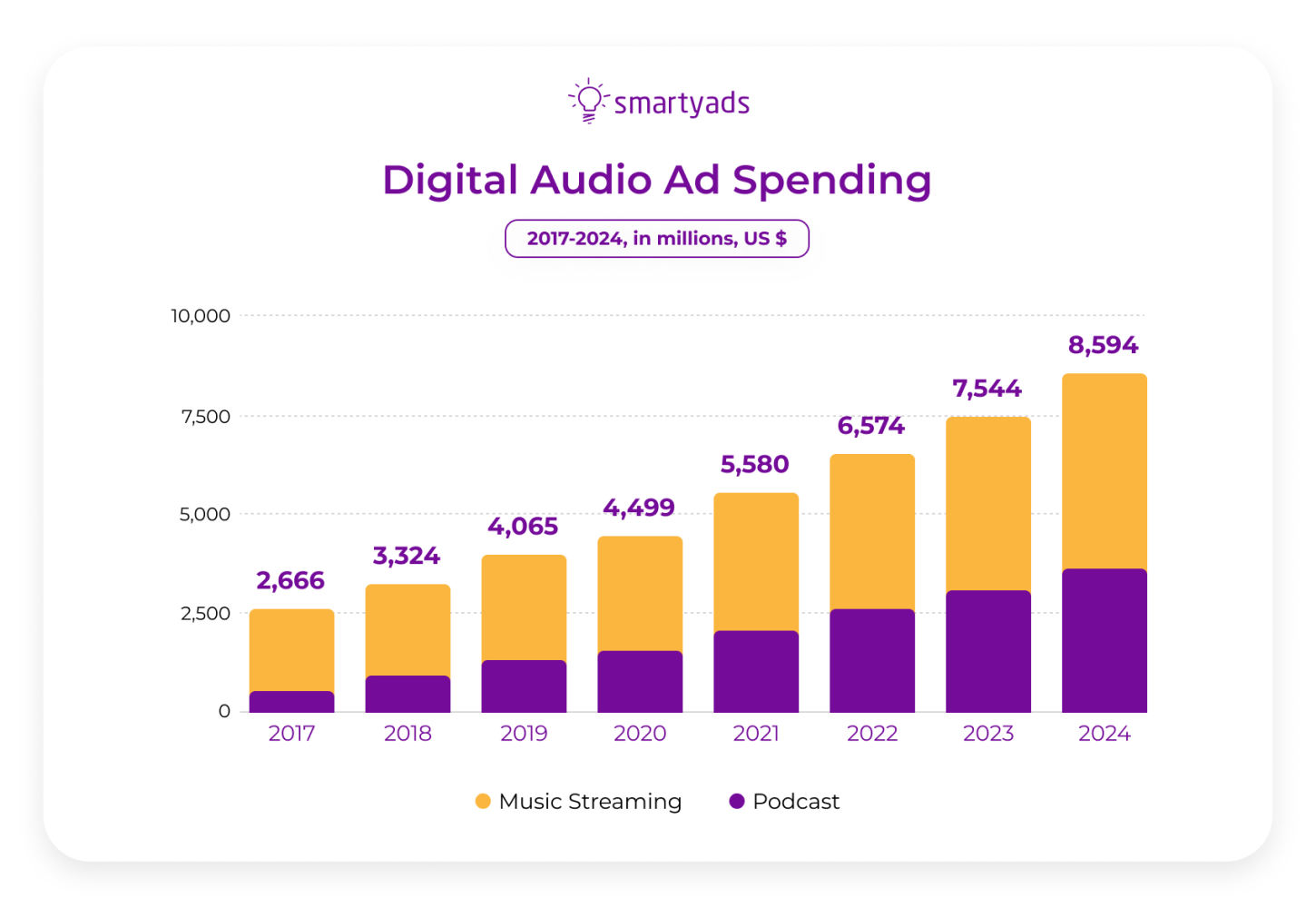
So, how to use these channels in order to organize impactful retail advertising campaigns?
Brands can place ads on outdoor media to bring customers to their brick-and-mortar stores. Or they can advertise on CTV screens to drive attention to their retail advertising offers.
Finally, it’s possible to advertise to customers when they don't actively interact with their gadgets. When people listen to music or podcasts, exercise, run errands, or drive cars — those are the best moments to address them with audio ads.
Unique insights about advertising in retail from SmartyAds team
Today, we are excited to provide you with experience-based insights on advertising in retail that will help you elevate your efforts and ensure sustainable business growth:
Leverage user-generated content (UGC)
UGC is one of the hottest trends when it comes to retail advertising. It involves real customers sharing their personal experiences with your products on social media. This authentic content is a real-life review that will help build trustful relationships with clients.
Chatbots and personalized recommendations
Implement chatbots on your website and mobile apps. This technology provides instant customer support. Along with AI-powered personalized product recommendations, it can enhance the user experience and boost conversion rates.
Augmented reality (AR) and virtual reality (VR)
AR and VR technologies can be extremely helpful while implementing your retail store advertising strategy. They can create an immersive shopping experience and visualize products for customers, enhancing their experience.
Geotargeting and localization
If you want to run your advertising across multiple countries, you need to remember about localizing your message. What does this mean? You should adapt the visual part as well as the main message of your ad based on the cultural peculiarities of the target country to improve outcomes.
Measuring advertising effectiveness
Continuously measure and analyze the performance of your retail advertising campaign to significantly optimize its effectiveness in the future and drive more sales. Data-driven decisions will take your advertising game to a whole new level.
Wrapping it up
Retail advertising is booming like never before, and so are the opportunities to diversify your media mix with immersive user experiences both online and offline.
With programmatic capabilities, retail brands can communicate with their customers across all those significant touchpoints while delivering personalized messaging and optimizing campaigns on the go.
Launch impactful retail advertising campaigns on SmartyAds DSP!

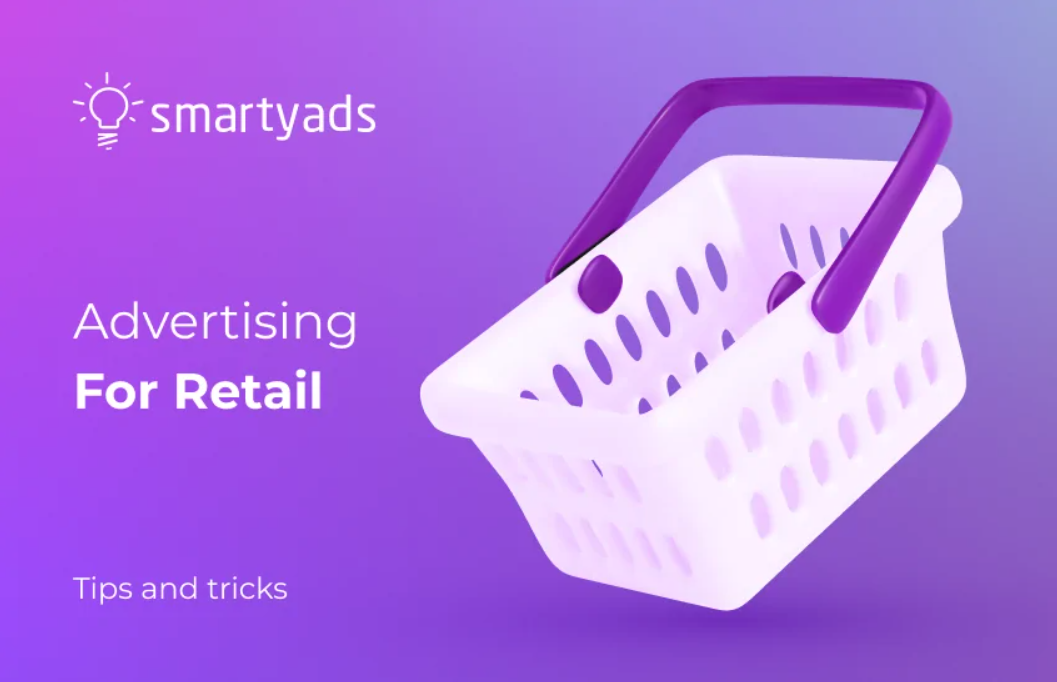


![In-App Advertising: the Complete Guide [Updated 2025]](/storage/uploads/2020/september/in-app-advertising-trends.png)
